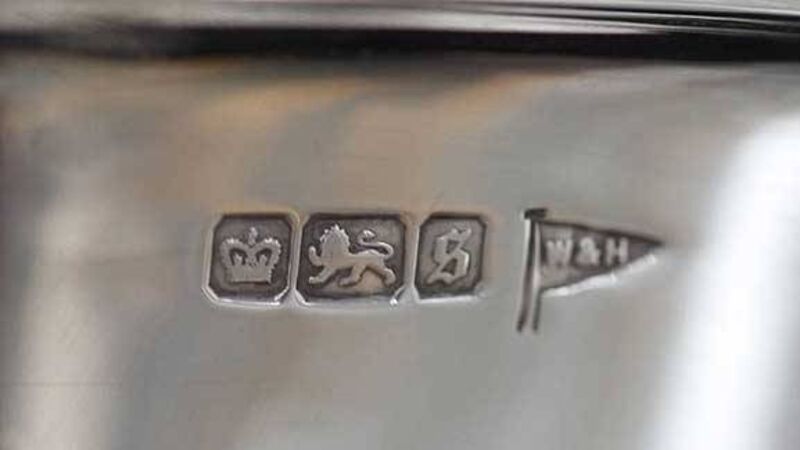Vintage view:

There’s no surer fingerprint on an antique than an authentic set of Hallmarks struck into silver. Dealers and collectors relish that face-pinching wink through a loupe followed by a ruffle into the pages of a Hallmark guide to pin down the history of a spoon or tankard to the very year and workshop in which the piece was made. It’s charming to note that the marking year doesn’t start on January 1, but on May 19, the Christian feast day of Saint Dunstan, patron saint of gold- and silversmiths.
Marks were introduced in the 14th century by King Edward I of England, in an effort to regularise the exchange of a valuable commodity. Silver is a very soft metal and must be combined with copper to make it strong enough for the slings and arrows of everyday use. What had to be standardised was the amount of copper included in the silver, and this was agree upon as 7.5% copper to 92.5% silver. The ‘Worshipful Company of Goldsmiths’, now known as the Goldsmiths Company, was granted the charter to the work and its headquarters at Goldsmiths Hall earned the marks the title of Hallmarks.











